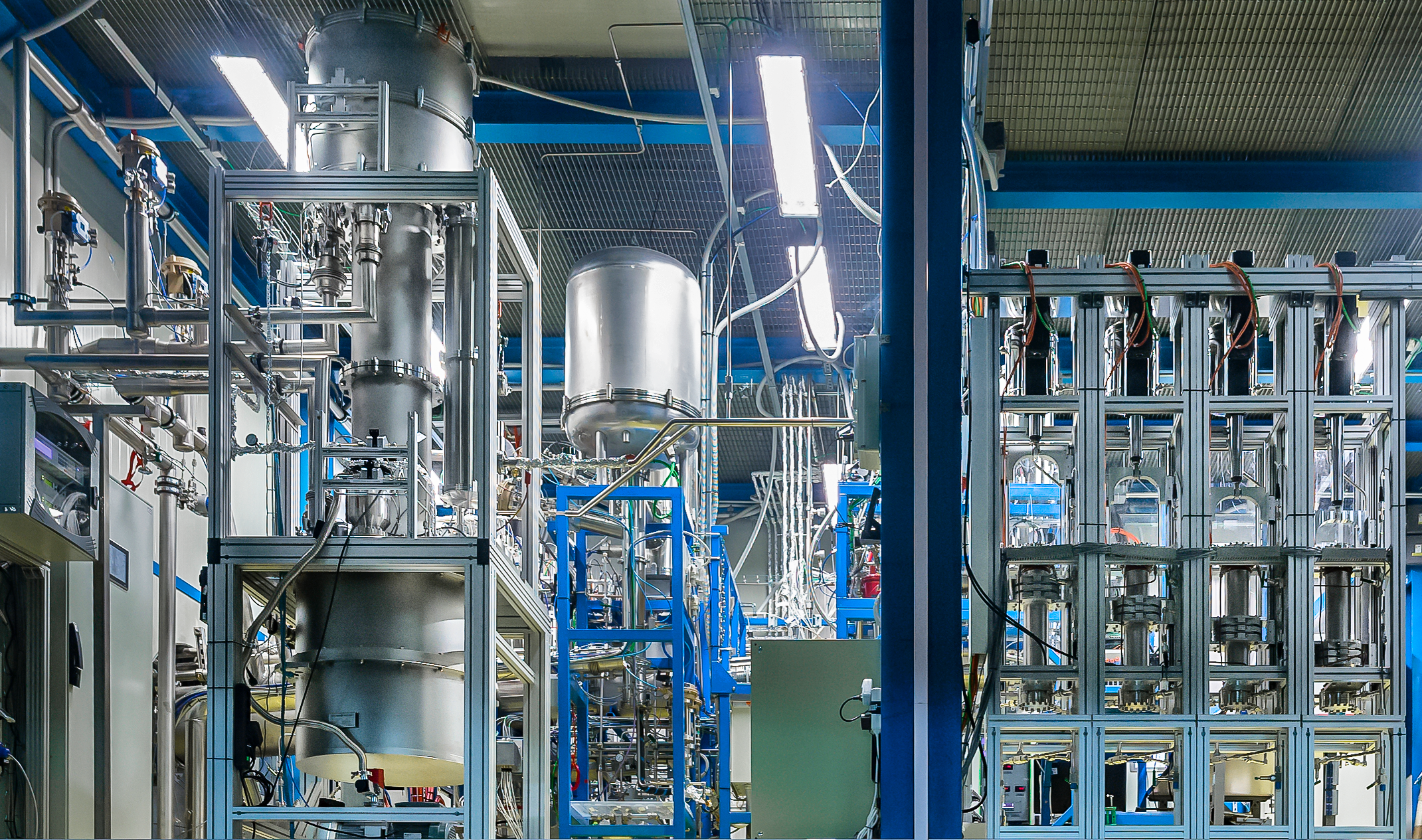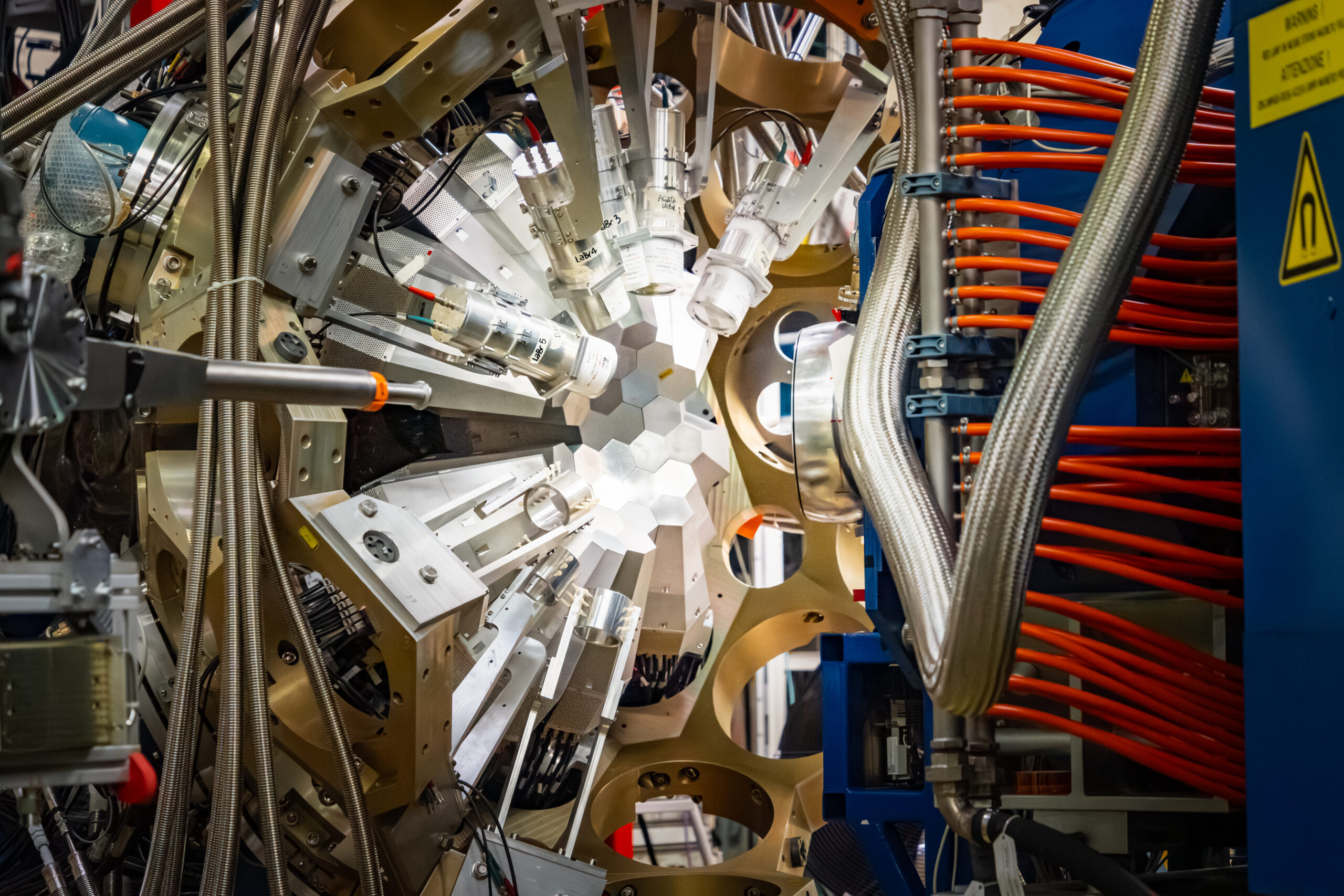 Last night, protons collided in the Large Hadron Collider (LHC) at the record-breaking energy of 13 teraelectronvolts (TeV) for the first time. These test collisions were to set up systems that protect the machine and detectors from particles that stray from the edges of the beam. A key part of the process was the set-up of the collimators. These devices which absorb stray particles were adjusted in colliding-beam conditions. This set-up will give the accelerator team the data they need to ensure that the LHC magnets and detectors are fully protected. Today the tests continue. Colliding beams will stay in the LHC for several hours. The LHC Operations team will continue to monitor beam quality and optimisation of the set-up. This is an important part of the process that will allow the experimental teams running the detectors ALICE, ATLAS, CMS, LHCb, LHCf, MOEDAL and TOTEM to switch on their experiments fully. Data taking and the start of the LHC’s second run is planned for early June. source: www.cern.ch
Last night, protons collided in the Large Hadron Collider (LHC) at the record-breaking energy of 13 teraelectronvolts (TeV) for the first time. These test collisions were to set up systems that protect the machine and detectors from particles that stray from the edges of the beam. A key part of the process was the set-up of the collimators. These devices which absorb stray particles were adjusted in colliding-beam conditions. This set-up will give the accelerator team the data they need to ensure that the LHC magnets and detectors are fully protected. Today the tests continue. Colliding beams will stay in the LHC for several hours. The LHC Operations team will continue to monitor beam quality and optimisation of the set-up. This is an important part of the process that will allow the experimental teams running the detectors ALICE, ATLAS, CMS, LHCb, LHCf, MOEDAL and TOTEM to switch on their experiments fully. Data taking and the start of the LHC’s second run is planned for early June. source: www.cern.ch
You might also be interested in

ORIGINS. Exploring Science Communication and Journalism

Nobel Prize in Physics 2025: congratulations to John Clarke, Michel H. Devoret and John M. Martinis

INFN statement in support of peace in Gaza and commitment to scientific diplomacy

XENONnT: record levels of purity achieved in the search for dark matter

Physics Photowalk 2025: the ten pictures on the Italian podium

Italy-China: important bilateral meeting between NSFC and INFN
26 September 2025
Read more Italy-China: important bilateral meeting between NSFC and INFN